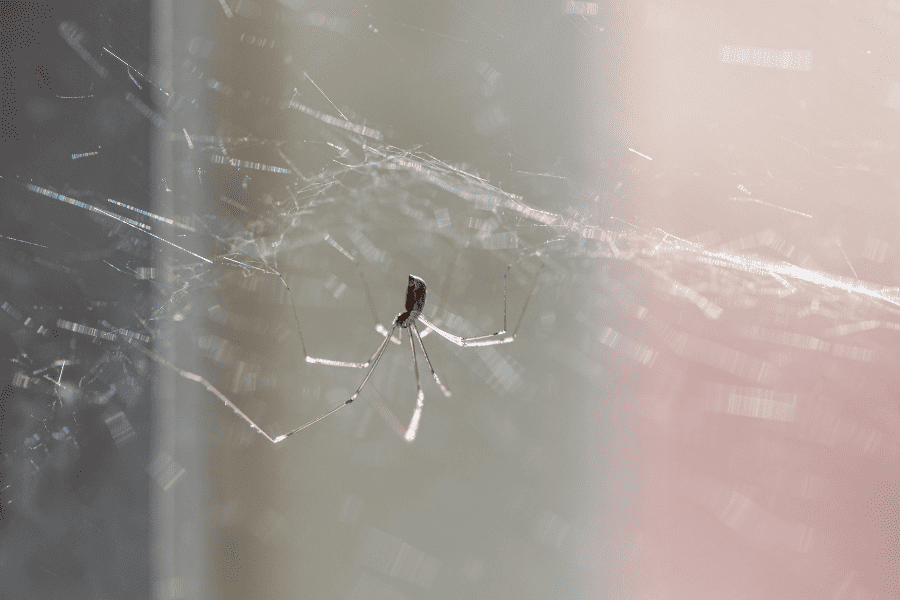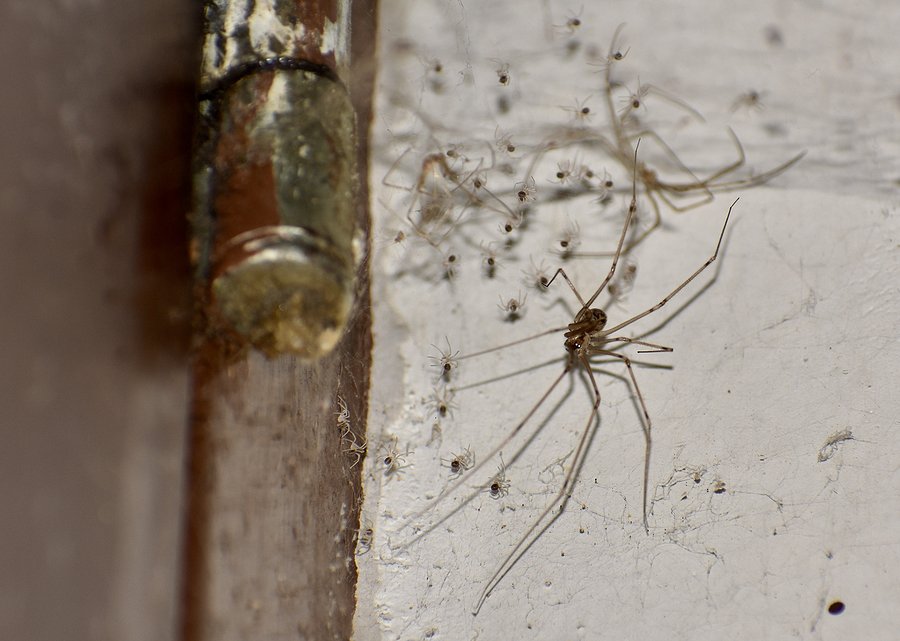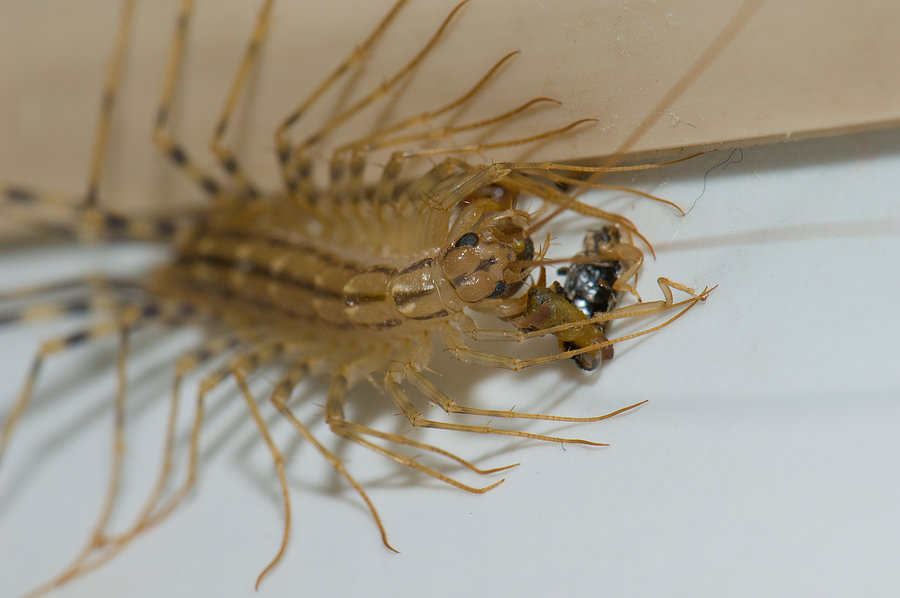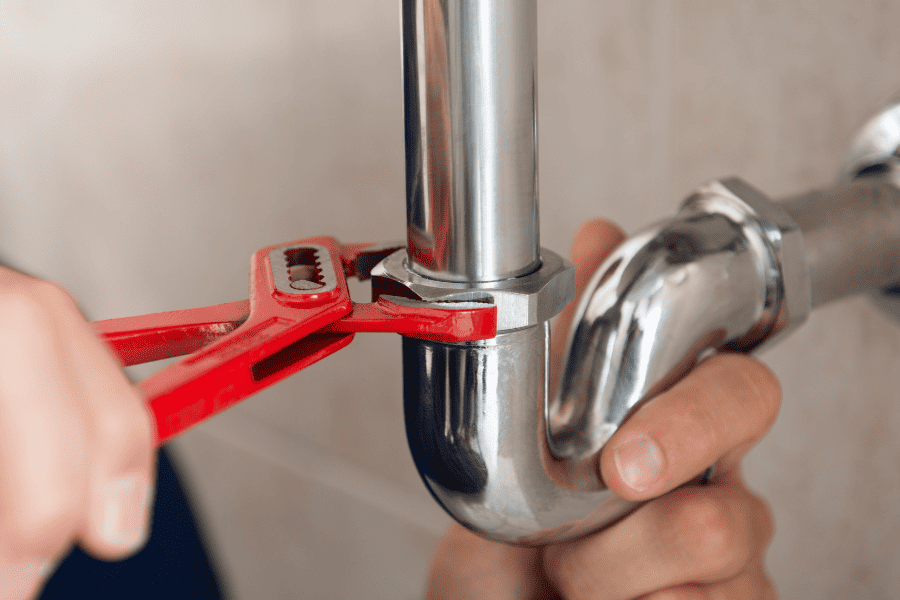READY TO GET STARTED?
REQUEST A FREE ESTIMATE
Fill out the form below or call (888) 466-7849 for a free, no-obligation estimate.

If you’ve noticed an increase of spiders inside your Florida home, it can be quite alarming for most homeowners! While most spiders are not dangerous to humans and are considered a benefit to our environment, it doesn’t mean you want them inside your house. With several species found in Florida, including daddy long legs, southern house spider, black widows, and more, it’s inevitable to come across one, but it’s easy to prevent, reduce, or eliminate their presence around your home. Check out the reasons why spiders are entering your home and easy spider prevention tips to avoid them in the future.
Spiders enter homes to search for food and find a habitat to continue looking for prey to feed on. Spiders eat insects, so if you’ve found webs around your home, it’s likely that those spiders found their food source. Inspect the inside and outside of your home for spider signs, these include spider webs, egg sacs, insects they feed on, or the spiders themselves.
There are several ways you can help reduce spider activity on your property. Spiders are looking for food, so it’s important to reduce the amount available to them by removing other household pests from your property. You can reduce the insects on your property by:
Not only is it important to reduce the insect population to avoid spiders, but it is equally important to deter them from even entering your home. Consider these spider prevention tips to avoid them from invading indoors:
If you’ve noticed more spider activity than you’re used to, consider calling your local Florida pest control company for help. These professionals will provide you with a thorough inspection and recurring pest control plan to help avoid spiders and other household pests in the future.

With the holidays nearing, now is the perfect time to ensure you don’t have pantry pests in your Tennessee home. Pantry pests are insects that like to invade your stored food products, often laying their eggs to reproduce and causing a full blow infestation. Let’s go over common pantry pests you can find in your home and how you can further prevent them.
The Indian meal moth is known for feeding on several types of food found in our pantry, including dried fruits and vegetables, grains, seeds, nuts, candies, and pet food. You can identify these pests by their two-toned wing pattern with a tan to copper oval-shaped body. These pests are highly attracted to light and anywhere they can find food.
This pantry pest has a dark brown body, six legs, and six saw-like teeth on each side of their bodies. Their narrow oval body shape allows them to crawl inside of packaging to eat, live, and reproduce. They prefer to feed on cereals, cake mixes, macaroni, and cookies, even though their names suggest they like grain!
If you suspect pantry pests have invaded your pantry, give your local Tennessee pest control company a call for a customized pest control plan and a free inspection!

As the leaves begin to change and the air turns crisp, we welcome the beauty of autumn. However, with the arrival of fall, we also welcome a different kind of guest into our homes – spiders. While most spiders prefer to stay outdoors, some decide to seek shelter indoors during the cooler months. Two common culprits are daddy long legs and cellar spiders. In this post, we’ll help you identify and distinguish between these two fall pests, understand their habits, and offer tips on how to keep them at bay.
Daddy long legs and cellar spiders have their similarities but are not the same species. Here are some key differences and similarities between the two:
Both daddy long legs and cellar spiders are frequently found in similar environments, including:
The good news is that both daddy long legs and cellar spiders are harmless to humans. They don’t pose any significant health risks or property damage. In fact, they can be seen as allies in your pest control efforts as they help control populations of other insects in your home.
To prevent and manage daddy long legs and cellar spiders in your home, follow these steps:
If you’re dealing with a fall pest problem in your home, don’t hesitate to request a free pest control quote from our experts. We specialize in handling all sorts of household pests, including spiders, and can provide you with the solutions you need for a pest-free autumn.
Don’t let daddy long legs and cellar spiders take over your living space this fall. With the right knowledge and actions, you can enjoy the beauty of the season without these uninvited guests. Contact your local pest control company today for your free pest control quote and keep your home spider-free all season long.

As the fall season approaches in Georgia, homeowners may find themselves facing a variety of household pests, including the unsettling presence of house centipedes. These long-legged creatures can be quite a nuisance, but fear not – in this blog post, we’ll delve into what you need to know about house centipedes in Georgia, from identification and their common hiding spots to whether they pose a threat to humans. We’ll also provide practical tips on how to prevent or get rid of them with the help of professional pest control services.
House centipedes are easily recognizable by their unique appearance. They have long, slender bodies that can range from 1 to 1.5 inches in length and are covered in numerous pairs of legs. Despite their name, they typically have 15 pairs of legs, giving them a creepy-crawly appearance.
House centipedes thrive in damp, dark environments, making your home an attractive habitat. You may encounter them in areas such as basements, crawlspaces, bathrooms, and even kitchens. They are agile hunters, preying on other insects like cockroaches, spiders, and silverfish, which is why they are often found in proximity to their prey.
The good news is that these centipedes are generally not harmful to humans. They are not known to transmit diseases or bite humans unless they feel threatened. However, their presence can be unsettling, and their appearance can cause anxiety for some homeowners. If you’d rather not share your space with these creatures, there are ways to keep them at bay.
While house centipedes in Georgia may seem unsettling, they are generally harmless to humans. However, their presence can be a sign of underlying pest issues in your home. To ensure a pest-free environment and peace of mind, it’s wise to consult a pest control expert.

It’s inevitable to come across certain pests, especially during the warmer months of the year. Though, with Florida’s tropical weather year-round, it can seem like dealing with pests is nonstop. Roaches, mice, mosquitoes, and ants are just a few pests that can take over a household, become an annoyance, spreading disease, and causing damage to your home. One of the best ways to avoid a pest infestation is preventing them in the first place by placing do-it-yourself pest proofing measures throughout your home. Check out our list of DIY pest control tips you can utilize:
Pests are attracted to three things: food, shelter, and water. The best way to keep pests from entering your home is to get rid of what they’re attracted to. Try to keep your home as clean as possible, vacuuming and sweeping on a regular basis. Likewise, repair any leaky pipes and faucets both inside and outside of your home. Avoid leaving your pet’s food and water bowls overnight, taking them in and storing their leftover food in plastic containers with lids. Declutter your home, removing any old magazines, newspapers, and cardboard boxes you don’t need.
Mice, ants, and roaches can enter through the smallest hole or gap they find. It’s important to take the time to inspect the outside of your home for any potential entry points, sealing them up with either caulk or steel wool, depending on how large it is. Don’t forget to check foundations, food frames, windows, utility pipes, cables and wires, and the roof for any potential opening pests could enter in from. Repair any broken windows or screens and fil openings in pipes and vents.
To get to your home, pests must enter your yard first, so it’s important to keep it less attractive to them as it is your home. Regularly mow your grass, keeping it short and eliminating any weeds. Remove piles of leaves, debris, and fallen branches from your yard. Look to eliminate any clutter or items you don’t need, such as old automobiles, trashcans, tires, and dumpsters. If you store wood, keep it elevated from the ground and at least 20 feet from your home.
Pests need water to survive, and the smallest amount of standing water will attract pests like termites and mosquitoes. Keeping your home as dry as possible is key to avoiding their infestation. Check around your home for any water leaks and look for loose fixtures or dripping faucets too. If you have a crawlspace, consider utilizing a dehumidifier to decrease excess moisture. Make sure you clear any debris and leaves from your gutters, especially after a hurricane or thunderstorm.
Sometimes, a pest infestation needs more attention than DIY pest control methods can provide. If you’re still seeing an influx of pests or would like to get ahead of pest prevention, consider reaching out to a local pest control company for some help. These professionals will identify the pest at hand, provide proper treatment, and recommend the best prevention techniques you can use at home to avoid a future pest infestation.